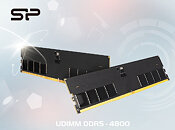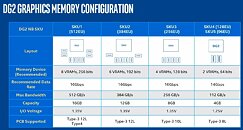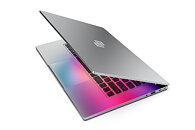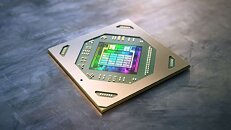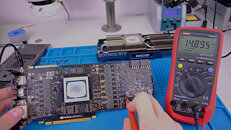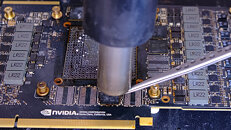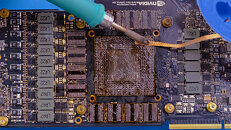Aetina Launches New MXM GPU Modules for AI Performance Boost at the Edge
Aetina has launched new embedded MXM GPU modules powered by the NVIDIA RTX family, including RTX A1000, RTX A2000, and RTX A4500. These NVIDIA Ampere architecture-based MXM GPU modules, providing superb performance and power efficiency, are suitable for various types of computer vision applications across different industries such as commercial gaming, aerospace, healthcare, and manufacturing.
The model names of the new Aetina MXM GPU modules powered by NVIDIA RTX A1000, NVIDIA RTX A2000, and NVIDIA RTX A4500 are M3A1000-PP, M3A2000-VY, and M3A4500-WP, respectively. These models support CUDA Compute version 8.6, OpenGL 4.6, Vulkan 1.2, DirectX 12 Ultimate, and Shader Model 7.0, as well as Windows 10/11 64-bit and Linux 64-bit operating systems. For display and output, M3A1000-PP, M3A2000-VY, and M3A4500-WP all support up to 4x DisplayPort (DP) and 8K (7680 × 4320) resolution.
The model names of the new Aetina MXM GPU modules powered by NVIDIA RTX A1000, NVIDIA RTX A2000, and NVIDIA RTX A4500 are M3A1000-PP, M3A2000-VY, and M3A4500-WP, respectively. These models support CUDA Compute version 8.6, OpenGL 4.6, Vulkan 1.2, DirectX 12 Ultimate, and Shader Model 7.0, as well as Windows 10/11 64-bit and Linux 64-bit operating systems. For display and output, M3A1000-PP, M3A2000-VY, and M3A4500-WP all support up to 4x DisplayPort (DP) and 8K (7680 × 4320) resolution.






































